Contents
Guide
ADVANCE PRAISE FOR
Choose Economic Freedom
George Shultz and John Taylors parable reminds us of a time when Americans suffered greatly from bad economic policy choices. Most people, honorable men and women included, had convinced themselves that those policies were called for. It turned out that most people were wrong. I was there for this storybut I learned much from this book that is new and highly relevant to today, and so will you.
Alan Greenspan, former chair, Council of Economic Advisers and Federal Reserve Board
John Taylor is a damn good economist steeped in public policy. His name alone would guarantee a world-class rendition of US policies in the 1970s and 1980s. But when John Taylor is combined with George Shultzmy candidate as the single most important public figure in the last one hundred yearsyou not only have the truth, but you have the whole truth.
The Nixon years and the Reagan years stand in stark contrast when it comes to policies and outcomes. Good policy is not about party or ideology; its all about economics, and economics is all about incentives. This book debunks the notion that facts dont matter. Facts do matter, and as this book shows, the story facts tell is as clear as clear can be. Markets work.
This book by two of the most honest and knowledgeable policy experts gives you much more than just a peek behind the opaque curtains of the US C suite. Its a full-blown expos.
Arthur B. Laffer, former chief economist at the Office of Management and Budget and member of President Ronald Reagans Economic Policy Advisory Board
John Taylor and George Shultz have done a great service in Choose Economic Freedom. The book covers a lot of territorymy whole economic careerand a lot of interesting people. The writing is clear and, yes, fun to read. What you will not get from them are guideposts, wage and price guidelines, or offers to get something valuable without working for it. Here we are with puritans like Milton Friedman and George Shultz, University of Chicago colleagues from the 1960s. We read of Shultz resigning his position under Nixon when Nixon continued to support what he (and Friedman) thought to be bad economics. There followed ten years of pointless inflation with Nixon, Ford, and Carter. Then, finally in 1980, Ronald Reagan, Paul Volcker, and Shultz wound the inflation down back to what it could have been in 1970. What a waste, but at least thats over. Well maybe you had better first look at Taylors analysis of 1990 or 2000!
Robert E. Lucas Jr., John Dewey Distinguished Service Professor Emeritus in Economics and the College at the University of Chicago, and 1995 recipient of the Nobel Memorial Prize in Economic Sciences
Choose Economic Freedom

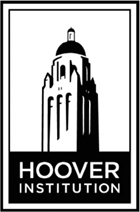 With its eminent scholars and world-renowned library and archives, the Hoover Institution seeks to improve the human condition by advancing ideas that promote economic opportunity and prosperity, while securing and safeguarding peace for America and all mankind. The views expressed in its publications are entirely those of the authors and do not necessarily reflect the views of the staff, officers, or Board of Overseers of the Hoover Institution.
With its eminent scholars and world-renowned library and archives, the Hoover Institution seeks to improve the human condition by advancing ideas that promote economic opportunity and prosperity, while securing and safeguarding peace for America and all mankind. The views expressed in its publications are entirely those of the authors and do not necessarily reflect the views of the staff, officers, or Board of Overseers of the Hoover Institution.
www.hoover.org
Hoover Institution Press Publication No. 708
Hoover Institution at Leland Stanford Junior University, Stanford, California 94305-6003
Copyright 2020 by the Board of Trustees of the Leland Stanford Junior University
All rights reserved. No part of this publication may be reproduced, stored in a retrieval system, or transmitted in any form or by any means, electronic, mechanical, photocopying, recording, or otherwise, without written permission of the publisher and copyright holders.
For permission to reuse material from Choose Economic Freedom: Enduring Policy Lessons from the 1970s and 1980s, 978-0-8179-2344-0, please access www.copyright.com or contact the Copyright Clearance Center, Inc. (CCC), 222 Rosewood Drive, Danvers, MA 01923, 978-750-8400. CCC is a not-for-profit organization that provides licenses and registration for a variety of uses.
Efforts have been made to locate the original sources, determine the current rights holders, and, if needed, obtain reproduction permissions. On verification of any such claims to rights in the articles reproduced in this book, any required corrections or clarifications will be made in subsequent printings/editions.
Hoover Institution Press assumes no responsibility for the persistence or accuracy of URLs for external or third-party internet websites referred to in this publication, and does not guarantee that any content on such websites is, or will remain, accurate or appropriate.
Cataloging-in-Publication Data is available from the Library of Congress.
ISBN: 978-0-8179-2344-0 (cloth. : alk. paper)
ISBN: 978-0-8179-2346-4 (epub)
ISBN: 978-0-8179-2347-1 (mobi)
ISBN: 978-0-8179-2348-8 (PDF)
CONTENTS
PREFACE
T HIS BOOK examines essential lessons learned from economic policies that were tried and that failed in the 1970s and reversed with success in the 1980s. We focus on government interventions into wage and price setting in the private economyguideposts, freezes, controls, and so onbut we show that the same lessons apply to other government interventions and in other time periods, including the present.
The book starts in chapter 1 with a debate between economists Milton Friedman and Robert Solow in 1962 about the use of wage and price guideposts as a tool of government policy. Those 1960s guideposts were the precursor of outright price and wage freezes and controls in the 1970s. Friedman argued against the wage and price guideposts and Solow argued in favor of them. Verbatim quotes from the debate show how two brilliant economists can be diametrically opposed about a major policy because of differences of view in how the economy works. Eventually, the debate led to major changes in the way economists model the overall economy, largely as Friedman suggestedalthough, as we show in later retrospectives by the two economists, the disagreements did not go away.
Chapter 2 shows how the guidepost policy of the 1960s expanded into wage and price control policy in the 1970s, starting with a freeze in 1971. Again, views about how the economy worked featured prominently in the policy decision. In a 1971 memo newly unearthed in the Hoover Archives (included as appendix B), Arthur Burns, economic adviser to President Nixon and chair of the Federal Reserve Board, argued in a letter to the president, marked personal and confidential, that the private economy had changed: it now needed government interventions into private-sector wage and price decisions if it were to experience low inflation and low unemployment. Burns did not think the Feds traditional monetary policy tools could do the job, so he advocated for government controls on wages and pricesand he won the argument. Though many then thought of Burns as being essentially infallible, the chapter opening, which describes a White House engagement with George Shultz, shows that he was not so infallible after all.
Chapter 3 delves into the costs of the wage and price controls as enacted in practice. Although the controls were popular at first, the Federal Reserve under Burns began to increase money growth, and inflation rose. So controls were reimposed in 1973. By this time, a complex bureaucratic apparatus had been created to monitor and administer prices, and the system had become a drag on the economy, as Friedman had predicted. Shultz resigned as secretary of the Treasury in 1974 in protest, but the damage continued into the Ford administration with more failed and unorthodox inflation-control policiessuch as the Whip Inflation Now buttonsand on through the rest of the 1970s as described by John Taylor, who worked at the Council of Economic Advisers during this period.


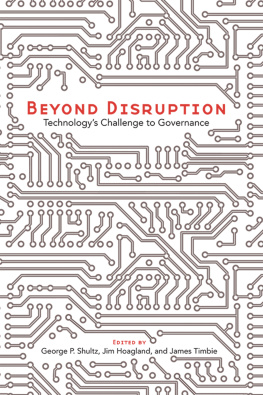
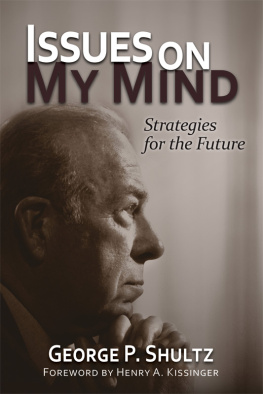

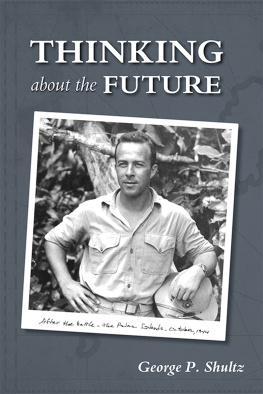

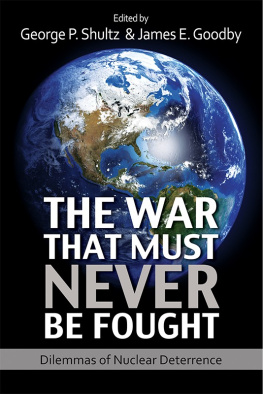

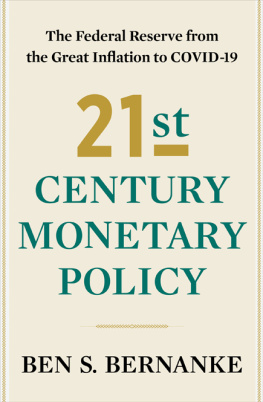

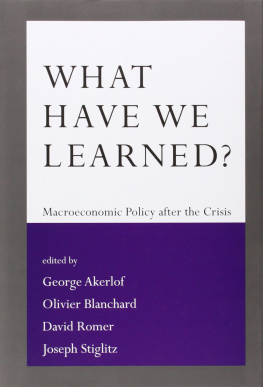
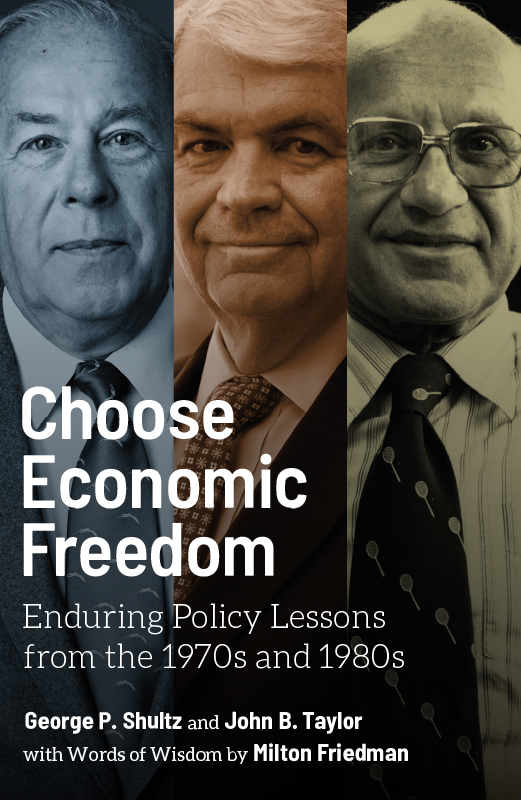

 With its eminent scholars and world-renowned library and archives, the Hoover Institution seeks to improve the human condition by advancing ideas that promote economic opportunity and prosperity, while securing and safeguarding peace for America and all mankind. The views expressed in its publications are entirely those of the authors and do not necessarily reflect the views of the staff, officers, or Board of Overseers of the Hoover Institution.
With its eminent scholars and world-renowned library and archives, the Hoover Institution seeks to improve the human condition by advancing ideas that promote economic opportunity and prosperity, while securing and safeguarding peace for America and all mankind. The views expressed in its publications are entirely those of the authors and do not necessarily reflect the views of the staff, officers, or Board of Overseers of the Hoover Institution.